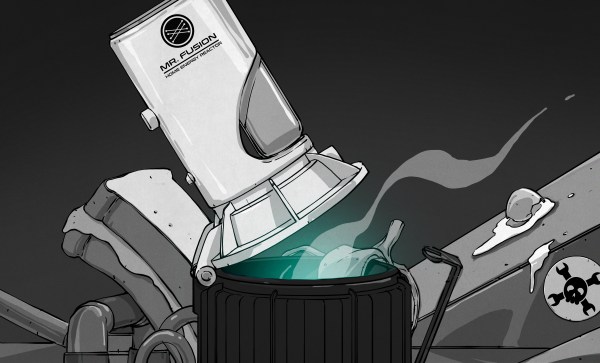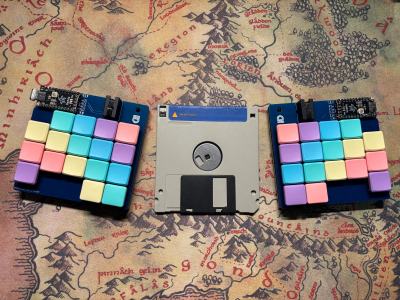It’s that time of year again, when the turkey roasts and we think of the important things that we’re thankful for. Here at Hackaday, we’re simply thankful for all of you out there. The readers who make Hackaday worth writing for, and the hackers out there who give us something to write about.
It’s no exaggeration to say that we have one of the most bizarrely creative communities out there, and we’re thankful to still be chronicling all of the inventive madness, all of the engineering feats, and all of the projects that succeed and those that fail. It’s truly a pleasure, day in and day out, to read and to write about.
So thank you all for being Hackaday, for sticking with us through our 20th year now, and for continuing to share your hacks and sending in the tips when you see one that you’d like us to share. Keep on hacking, and we can’t wait to see what you’re up to in 2025.


















